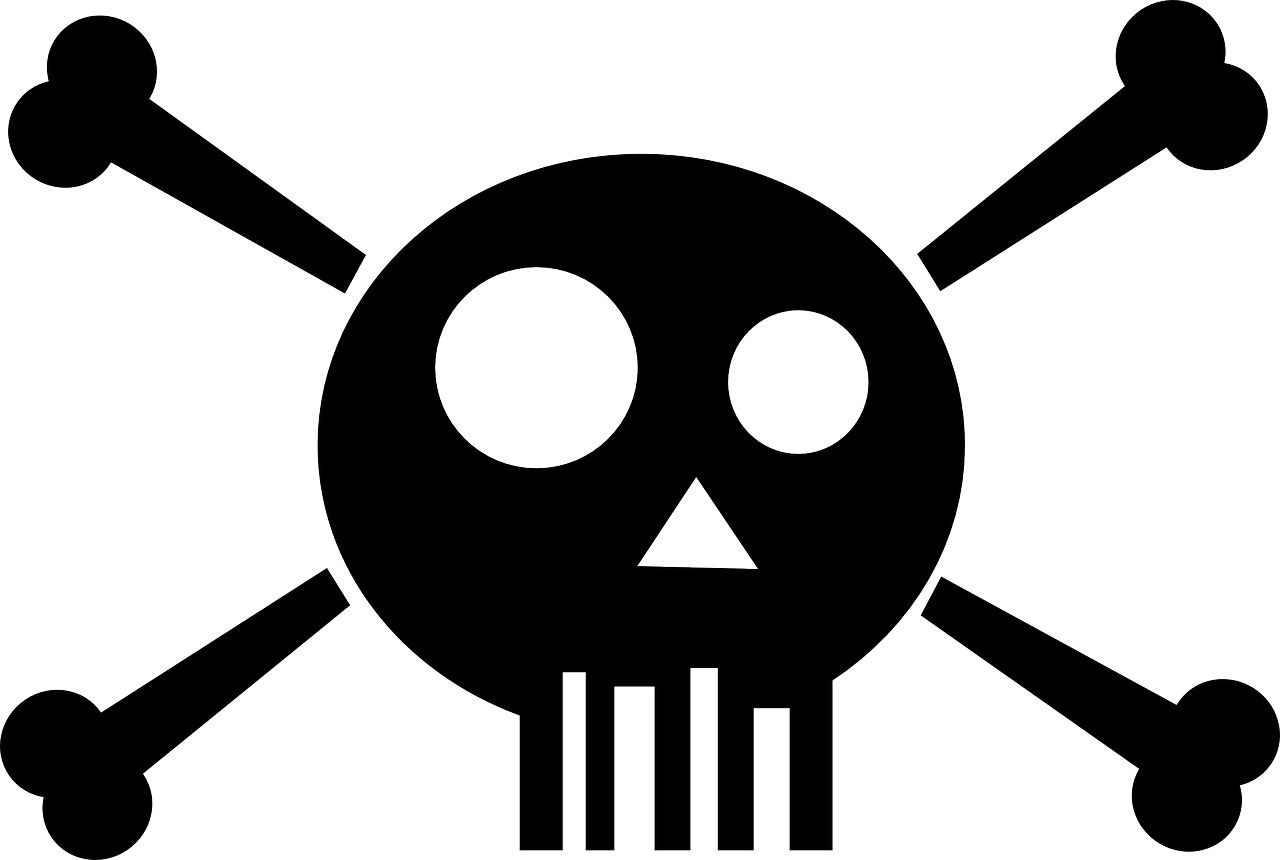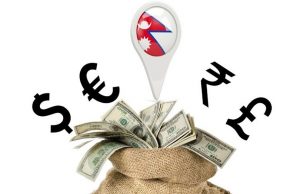
In the current crisis of life and livelihood, there are several discussions coming up. This Covid-19 crisis may bring another great depression which could be far severe than that of the 1930s. Hence, it is the right time to analyse the events of the 1930s great depression and compare them with the current context.
Before the depression, the spring of 1918 brought Spanish Flu right at the point when World War I was about to end with the entry of America into the war to defeat Germany. This is the point when the United States of America rose as a superpower. In 1919, the US won World War I while the whole of Europe was completely devastated by the war, and subsequently by the Spanish Flu.
America started on a strong footing with great manufacturing and started inventing products. The 1920s brought electrification that boomed the entertainment business with cinema, aeroplane, radio and domestic goods. The car industry boomed and development of consumer culture in mass-scale was seen as never before.
The financial industry introduced the innovation of instalment credit – buy now and pay later. With easy credit and more disposable income, Americans were looking for new ways to get richer; they started believing that Americans had an inherent right to be rich.
With this, one fine day, Charles E Mitchell, National City Bank President, spotted a gap to address the investment culture. To fund the war, the US government had issued Liberty Bonds and people and institutions had bought it. Hence, Mitchell’s idea was if people bought the government bonds, they would also buy corporate bonds, common stocks and commercial papers. Hence, the start of the capital market begun.
Everyone, from taxi drivers to hairdressers and shoe shiners, started investing in the stock market without an understanding of the market fundamentals. While celebrities were becoming investors, the market saw investors becoming celebrities.
Brokers started margin lending; as much as just 10% of margin was all required to invest in stocks and 40 cents of every dollar went to stocks with price raising more than 50% in just 12 months.
Then, Republican Calvin Coolidge became the president, who was also a big investor in the stock market. His circle influenced policymakers with minimum regulation in the market in the name of capitalism, and hence, the market leverage busted the ceiling.
This whole story of five years of the bullish American economy from 1924 ended on the Black Thursday of October 24, 1929. Then, the great depression of the 1930s began. With the domino effect, mass bankruptcy started and in 1931 alone, 2,000 banks failed. Perfectly fine people till someday early started jumping from tall corporate buildings, into death.

The American stock market crash not just ceased the loans provided to Germany under Dawes Plan under World War I reparations, but also started a complete recall of previous loans which led to tightening of money and credit. It eventually led to the collapse of Austria’s largest bank, Kreditanstalt, in 1931. This incident kicked off the wave of bank failures throughout Central Europe and complete disintegration of the banking system in Germany.
These conditions helped the Nazi side grow from a relatively small fringe group to the country’s largest political party and the propaganda that blamed the Treaty of Versailles for such economic condition fuelled Hitler’s rise in popularity with voters, who would make him German chancellor in 1933.
While World War II was certainly a geopolitical event, some of its underlying causes have been revealed to be economic ones, clearly linked to the great depression.
In the present context, the world’s economic indicators are much better than those times in view of tighter regulations, sufficient capital and much lower leverage. However, in the days ahead, it is completely dependent on how the policymakers throughout the world would react and cooperate with each other. One of the most important factors is leverage. While we say the leverage is lower when compared to history, we need to be mindful that deferring payments while increasing borrowing is nothing, but more leveraging.
Another policy mistake could be deferring or understating non-performing assets which can be compared with the medical condition of gangrene which leads to amputation for the survival. At some right points of time, policymakers need to nationalise certain industries for specific periods for their survivals which can be compared with the medical condition in which the body needs a ventilator.
As we get focused on the economy, we may get myopic and tend to forget the informal economy, which in many economies contribute more than the formal one. As per an ILO report, more than 60 per cent of the world’s employed population is in the informal economy and two billion people work informally, most of them in emerging and developing countries. If you currently see street vendors, their cash-flow system has completely collapsed. Those small stalls outside every temple, school, college, hospital and office are all battered. When talking about relief packages from policymakers, these informal businesses should be at the centre.
The most important of all is the honesty and integrity of the policymakers and international cooperation, which needs to be led by example from world superpowers. When asked where to look for hope in the current situation, now 107-year-old Spanish Flu and Great Depression survivor from Florida, answers, “Look at each other.” Point blank, people need to look at each other, so need the countries–to cross this deadly river, we need to hold each other.
Bazgain is a deputy general manager of Nabil Bank Ltd.























